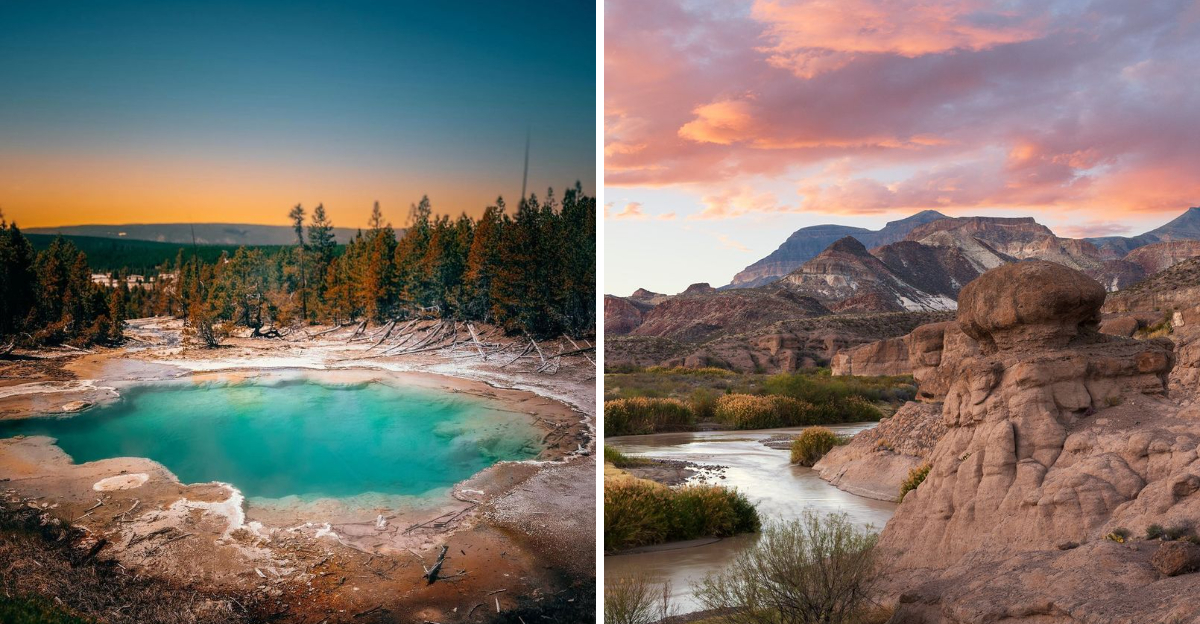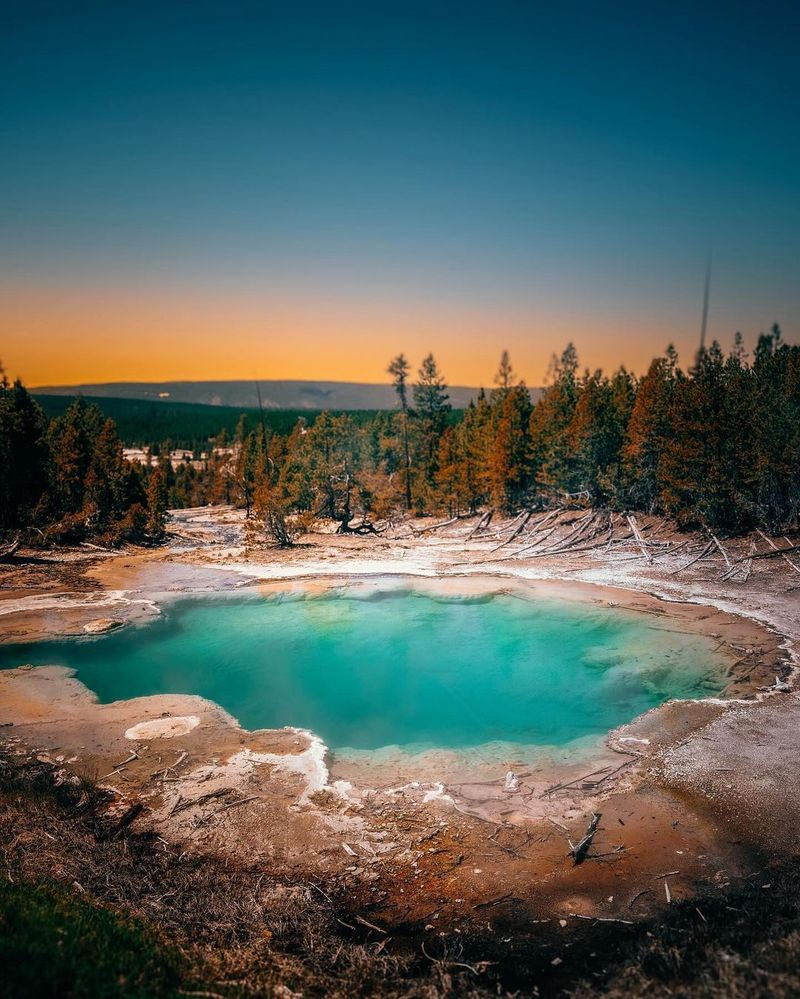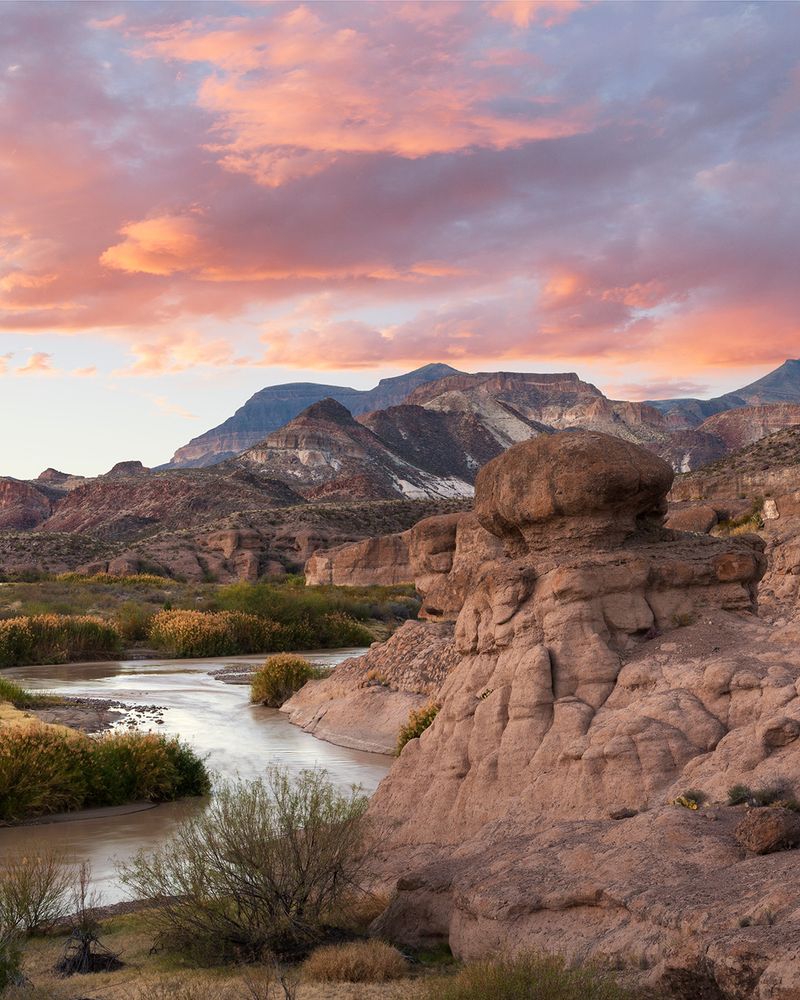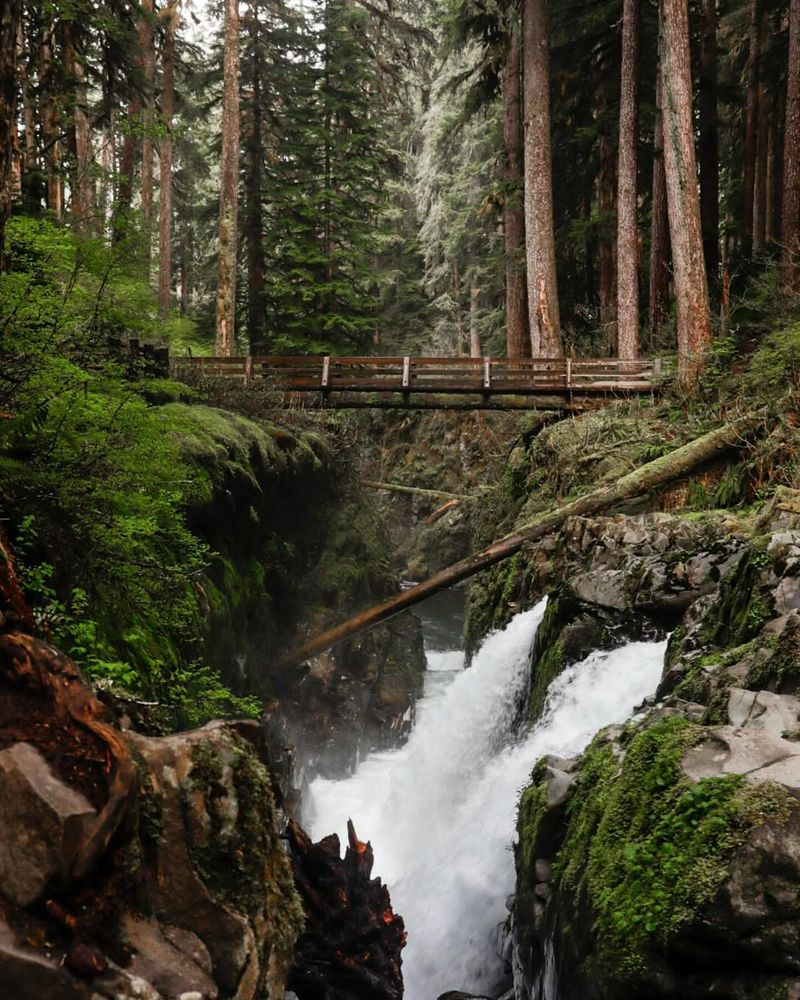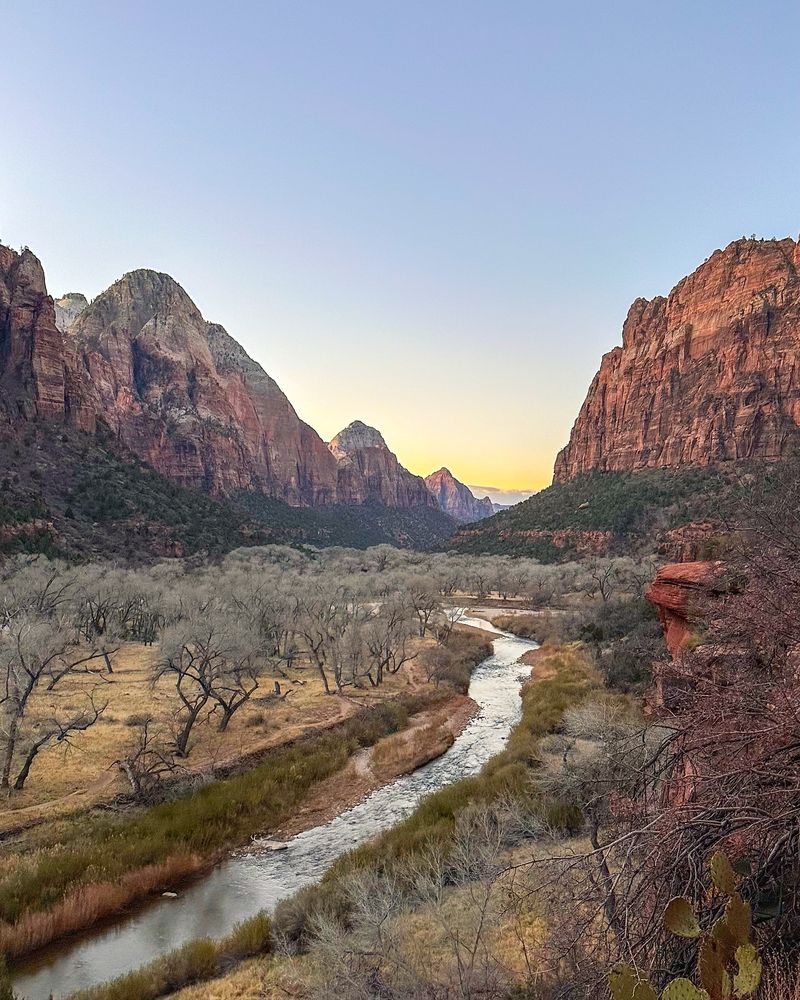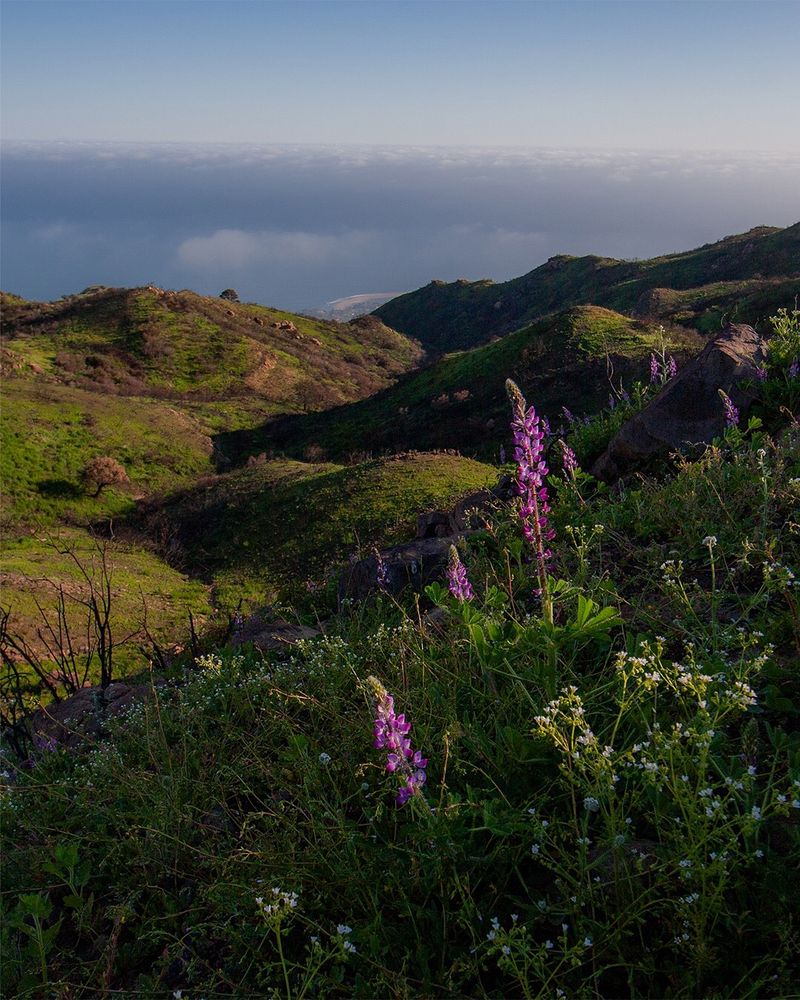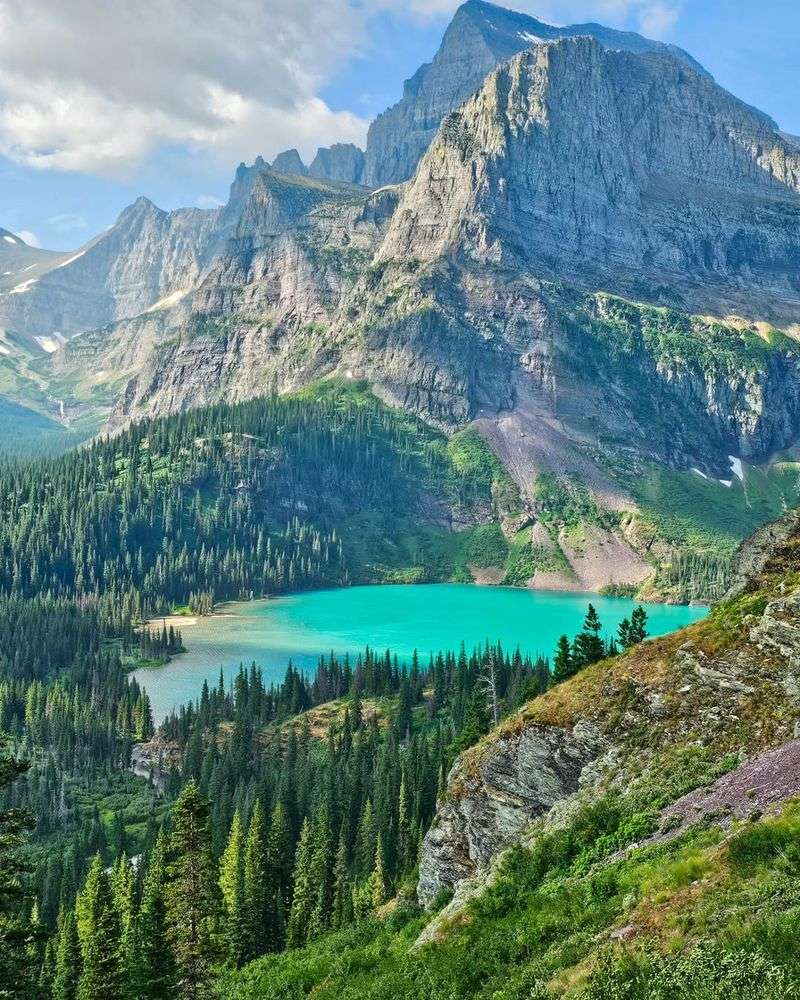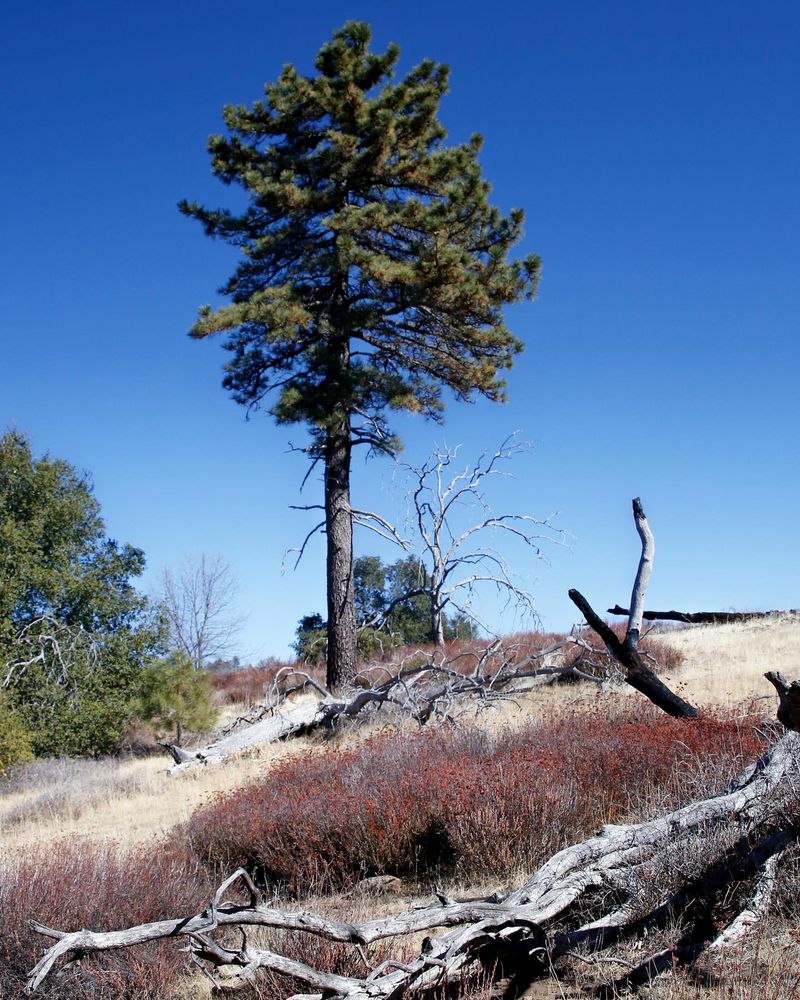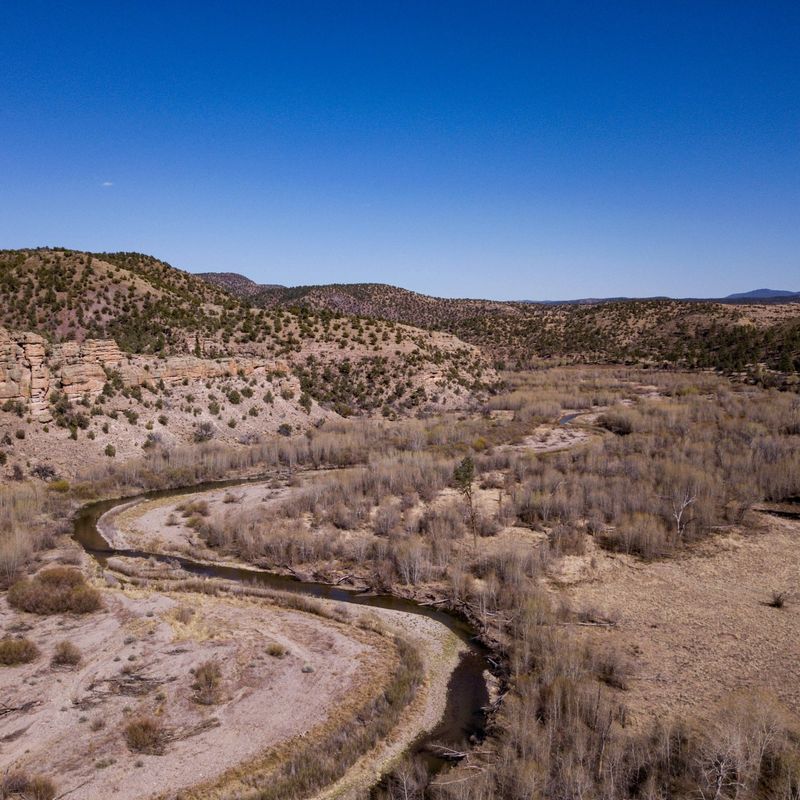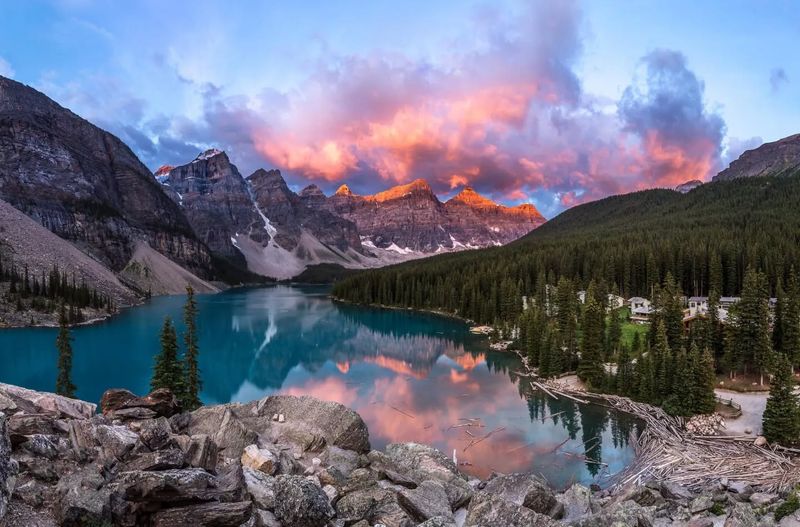📖 Table of Content:
- 1. Yellowstone National Park, Wyoming
- 2. Big Bend National Park, Texas
- 3. Olympic National Park, Washington
- 4. Zion National Park, Utah
- 5. Santa Monica Mountains, California
- 6. Glacier National Park, Montana
- 7. Cuyamaca Rancho State Park, California
- 8. Gila National Forest, New Mexico
- 9. Banff National Park, Alberta, Canada
They move like shadows—silent, powerful, and nearly invisible. Cougars, also known as mountain lions, pumas, or panthers, are among the most elusive predators in the Americas. For wildlife lovers, catching a glimpse of one in the wild is the ultimate bucket list experience—rare, humbling, and unforgettable.
These big cats are masters of stealth, active mostly at dawn and dusk, and naturally avoid human presence. But in certain untamed corners of North America, your odds of spotting one, however fleeting, are better than you’d think.
From rugged deserts and remote forests to the unexpected edges of urban sprawl, these nine destinations offer some of the best chances to encounter cougars in their natural habitat. Just bring your binoculars, your patience, and a deep respect for the wild.
1. Yellowstone National Park, Wyoming
Sprawling across 2.2 million acres, Yellowstone provides ideal cougar habitat with its diverse terrain and abundant prey. The northern range of the park, particularly the Lamar Valley, offers occasional cougar sightings against breathtaking backdrops.
Rangers recommend early morning wildlife tours when cougars might be returning from night hunts. Bring quality binoculars and scan rocky outcroppings and forest edges where these cats often rest.
Remember to maintain a safe distance and never approach if you’re lucky enough to spot one of these magnificent creatures.
2. Big Bend National Park, Texas
The rugged desert mountains of Big Bend create a perfect sanctuary for the desert-adapted cougars that roam this stunning borderland park. With fewer visitors than other national parks, wildlife here experiences less human pressure.
Locals suggest hiking the South Rim Trail or Chisos Basin area where cougar sightings occur most frequently. Fresh tracks are often spotted after rain along desert washes and remote hiking trails.
Park officials estimate around two dozen mountain lions live within park boundaries. Their remarkable adaptations to the harsh desert environment make Big Bend cougars particularly resilient survivors in this challenging landscape.
3. Olympic National Park, Washington
Hidden within the lush rainforests and alpine meadows of Olympic National Park lives a healthy population of Pacific Northwest cougars. Their dark coloration helps them blend perfectly with the shadowy forest understory.
The Hoh Rainforest and Hurricane Ridge areas occasionally yield sightings for the extraordinarily patient observer. Rangers report that tracking fresh prints along muddy trails after rain provides evidence of their presence even when the cats remain invisible.
What makes Olympic unique is the diversity of ecosystems where cougars thrive – from coastal forests to mountain ridges. This remarkable adaptability showcases why these predators have survived where many other large carnivores have disappeared.
4. Zion National Park, Utah
Zion National Park, with its towering red cliffs and sprawling canyons, offers a majestic backdrop for wildlife enthusiasts seeking a glimpse of the elusive cougar. This park, known for its diverse ecosystems, provides a sanctuary for these solitary cats.
Visitors may find themselves traversing the park’s numerous trails, each bend and turn offering the potential for a thrilling wildlife encounter. The lush vegetation and rugged terrain create a perfect environment for cougars to thrive.
For those lucky enough to spot a cougar, the experience is often described as both humbling and awe-inspiring. The park’s serene beauty, combined with the presence of these magnificent creatures, makes Zion a top destination for wildlife lovers.
5. Santa Monica Mountains, California
Just outside Los Angeles, an extraordinary population of urban cougars has adapted to life in the fragmented habitat of the Santa Monica Mountains. These cats have become celebrities through research programs that track their movements through GPS collars.
Famous individuals like P-22, who lived in Griffith Park, captured public imagination and highlighted conservation challenges. Visitors can explore mountain trails where these adaptable predators roam, though direct sightings remain extremely rare.
The National Park Service conducts regular informational programs about these urban mountain lions. Their research reveals fascinating insights into how these traditionally wild animals survive in one of America’s most developed metropolitan regions.
6. Glacier National Park, Montana
The remote backcountry of Glacier National Park harbors a robust cougar population across its million acres of pristine wilderness. These mountain lions patrol vast territories throughout the park’s rugged terrain, though they generally avoid the busier tourist areas.
Many hiking trails cross through prime cougar habitat, particularly in the North Fork and Many Glacier regions. Winter tracking programs occasionally reveal their presence through paw prints in snow, giving researchers valuable data about their movements.
The glacier’s intact ecosystem supports all the natural prey these predators need – from deer to elk. This ecological completeness makes it one of the few places where cougars behave as they have for thousands of years before European settlement.
7. Cuyamaca Rancho State Park, California
Rising from the desert floor east of San Diego, this hidden gem harbors a surprising number of mountain lions within its oak woodlands and chaparral-covered hills. The park’s varied terrain and healthy deer population provide perfect cougar habitat.
Rangers recommend hiking the Azalea Glen Loop or Cuyamaca Peak Trail at dawn when these cats are most active. Motion-activated wildlife cameras throughout the park regularly capture images of cougars, confirming their presence even though direct sightings remain uncommon.
Unlike more famous parks, Cuyamaca’s moderate visitation means wildlife experiences less human pressure. This relative tranquility increases your chances of an unexpected but memorable cougar encounter while exploring this beautiful Southern California wilderness.
8. Gila National Forest, New Mexico
The vast wilderness of the Gila harbors one of the Southwest’s healthiest mountain lion populations. These desert-adapted cats thrive in the diverse landscapes ranging from pine forests to desert canyons across this 3.3-million-acre wilderness.
Local wildlife guides suggest exploring the Mogollon Mountains or Black Range where cougar territories often overlap with popular hiking routes. The remote nature of this wilderness means human encounters are rare, allowing these predators to behave naturally.
The Gila’s unique status as America’s first designated wilderness area has protected these cats for generations. Their continued presence represents a conservation success story in an era when large predators face mounting challenges across their historical ranges.
9. Banff National Park, Alberta, Canada
Canada’s oldest national park supports a resilient population of northern cougars that patrol its stunning Rocky Mountain landscapes. These mountain lions have adapted to the harsh winter conditions that define this spectacular wilderness.
Wildlife viewing areas along the Bow Valley Parkway occasionally yield cougar sightings, especially during winter when tracks in snow reveal their presence. Park naturalists offer specialized programs about these secretive predators during summer months.
Banff’s comprehensive wildlife management includes protected movement corridors that allow cougars to navigate between habitat areas. These conservation efforts ensure these magnificent cats can continue their critical ecological role in maintaining healthy prey populations throughout this iconic Canadian wilderness.
